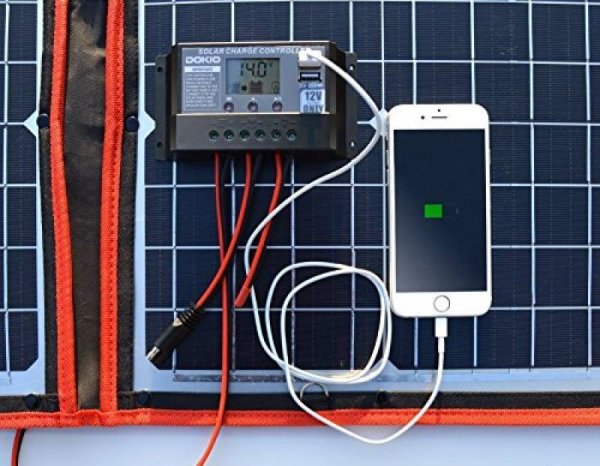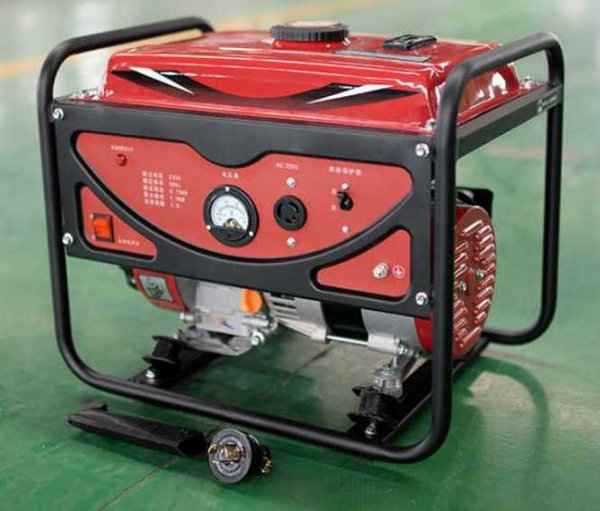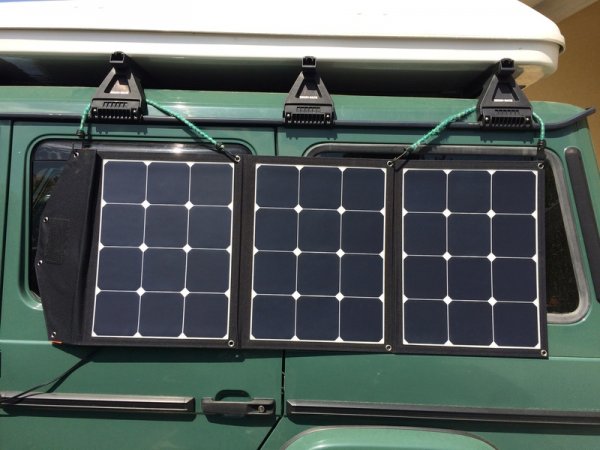Mobile power systems: which is better to choose?
Designing mobile power plants for operation in our northern latitudes is a promising but rather difficult task. The main issue here is the conflict between mobility (portability) and generated capacity. The more power the power plant has, the harder it is to deliver it (especially fuel) to its destination.
In this article, we will look at an abundance of different types of power plants with a power of 1 to 2 kW, the transportation of which does not cause serious problems.
To begin with, we will try to justify the need to use such compact and low-power power plants and determine the area of their application.
So, let's imagine a small team of 4–8 people working or traveling in harsh regions of Siberia and the Far North.Household electricity needs, in the event that electricity cannot be replaced by another source of energy that does not need transportation, using conventional lighting and communication devices for small groups, as a rule, amount to only 1-2 kW , according to the calculation of 250 watts per person.
Today, there are three competing types of low-power compact power plants: the gasoline power plant, the wind power plant, and the photovoltaic power system using solar panels. Naturally, each of these options has its advantages and disadvantages. We'll start the comparison with the cons.
The main disadvantages of the gasoline power plant are the need to transport fuel and the high cost of electricity. A typical 2 kW gasoline power plant consumes over 1 liter of gasoline per hour at 75% load. Therefore, 10 liters of fuel is enough for only 8.5 hours of work. The high noise level of such a power plant can also be due to significant disadvantages.
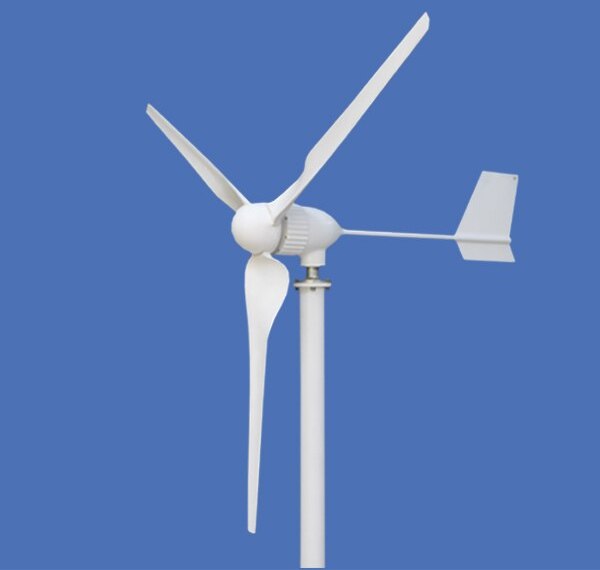
A power plant based on a wind generator is devoid of these disadvantages. Its main disadvantages are the instability of the wind speed and the large size of the wind turbine.
At the same time, the complexity of transport is nothing compared to the fact that the working range of wind speed is 3–40 m / s, while the wind speed in many regions of our country is lower (for example, in Moscow — only 2 .3 m / s).
Therefore, the wind generator is still a device strongly associated with a certain area, and mobile systems with its use can only be used in special conditions of open spaces with sufficient wind power.
Photovoltaic systems, like wind energy systems, also cannot boast of constancy in obtaining a certain amount of energy from natural conditions, but here the inconsistency of another kind manifests itself to a greater extent - quite predictable and dependent mainly on the long-known planet cycles, not in chaotic changes associated with cloudy.
The table shows the average values of insolation on the earth's surface depending on the latitude in the shortest and longest days of the year.
Problems with obtaining solar energy begin in northern latitudes in winter. In summer, the situation is completely opposite, and using solar panels in summer for half of the year is preferable.
Now for the advantages of each of the systems.
For the gasoline power plant, it is primarily the stability of operation in the presence of fuel. For wind and photovoltaic systems — low cost of electricity.
Here again, the photovoltaic system outperforms the wind system, in addition to being more flexible and predictable, and also in terms of transportation convenience.
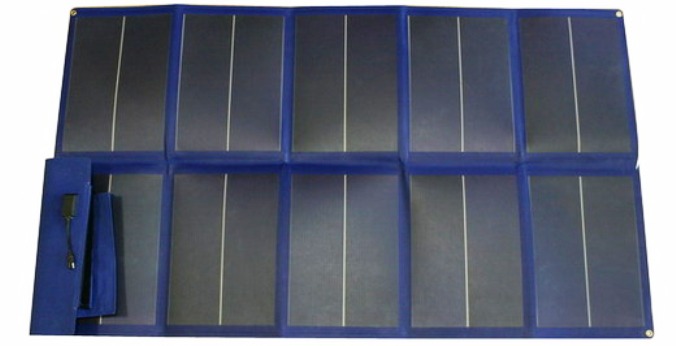
For example, the AcmePower FPS-54W 54W Amorphous Silicon Portable Flexible Solar Panel weighs only 2.9kg and folds into a compact rectangle the size of a small man bag or briefcase during transport.
A. E. Bechkov, chief specialist of the AcmePower representative office in Russia

